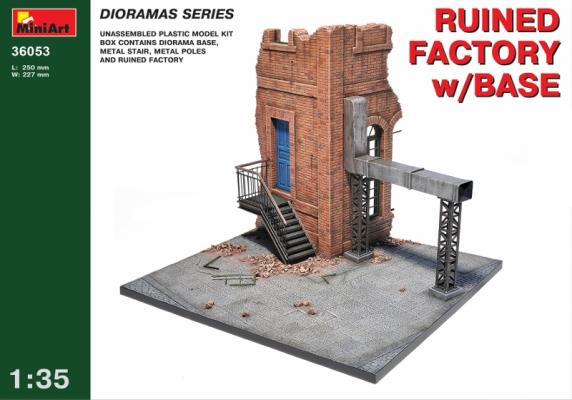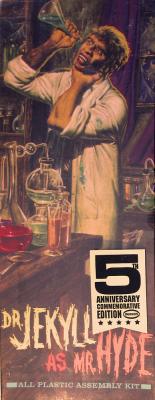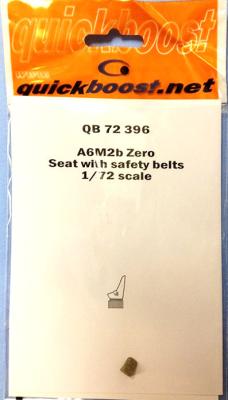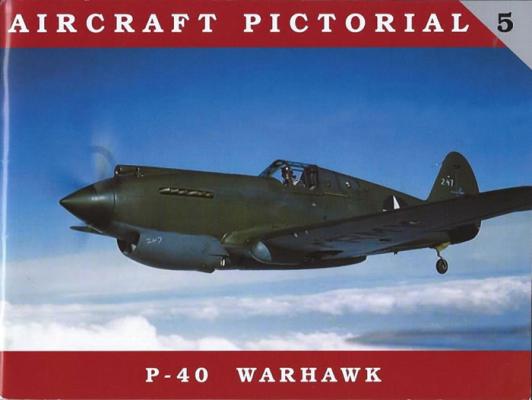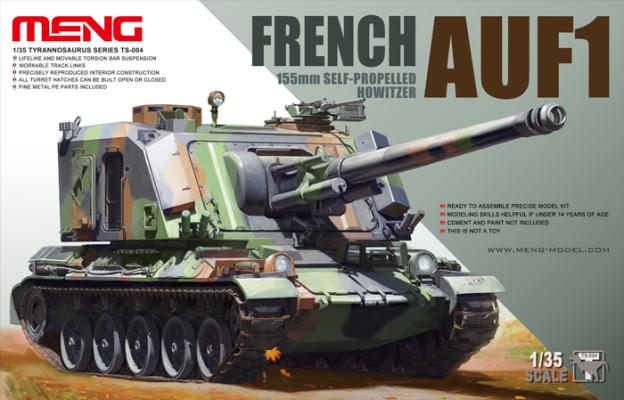Once again, I’ve chosen MiniArt’s 1/35 diorama series for my conversion project. Like the other kits in this line, the walls and base are thin vacuformed styrene. The air ductwork is also vacuformed in halves, like the walls. This requires a lot of putty-work to clean up the gaps as usual, so I do not recommend this kit to beginner modelers. However, despite the extra modeling work required for these kits, the results can be very rewarding. I used half a tube of Squadron Green Putty on this kit, and the putty and sanding took longer on the ductwork than the walls.
Welcome to the IPMS/USA Reviews site!
Introduction: The primary organization of the IPMS/USA Review website is by IPMS/USA National Contest Class. Within each Class there are sub-menus by kits, decals, books, etc. The Miscellaneous Class is for items that are not class specific or that cross two or more classes.
IPMS/USA Members: We encourage you to submit reviews, both here and to the Journal. To volunteer for membership in the IPMS/USA "Reviewers Corps" and submit your own reviews, please read the Guidelines For Submitting Product Reviews.
Manufacturers, publishers, and other industry members: IPMS/USA is pleased to offer your company the opportunity for product reviews. All product reviews are performed by IPMS/USA members, and are posted in the publicly-accessible section of our website. With very few exceptions, we perform full build reviews of new kit releases, aftermarket products, and supplies. If you would care to provide product samples for review, please contact John Noack, IPMS/USA 1st VP.
To learn more about IPMS/USA, please see our About Us page.
Thank you to the crew at Moebius Models – Frank Winspur, Dave Metzner and Bob Plant – for providing this review kit! The opportunity also wouldn’t be possible without the IPMS Review Corps staff, who graciously allowed me to give this one a try.
Quickboost now provides a seat with safety belts for the A6M2b Zero among their line of resin aircraft accessories. This is a tiny seat, but the details are excellent. The seat is molded in gray resin that is without flaws – no problems with seams or bubbles. The mold block attaches to the bottom of the seat, thereby making clean up easy, particularly as the attachment point will not be visible once the seat is installed in the cockpit. I removed the mold block with a jewelry saw and smoothed the surface with a few swipes of a sanding stick. Several of the lightening holes in the seat back had some flash, but that was easily cleaned with a sharp knife blade.
This book is number 5 in the Aircraft Pictorial series. The author is well known for his attention to detail and research methodology that brings rare photographs and little known details to light. This book does not disappoint.
This particular volume deals with the early P-40s used by the US, often referred to a “long nosed” due to the look of the nose with the elongated gear box on the Allison engine. The British Tomahawks are not covered but do make a cameo appearance, in a way. How, is due to the fact that the original P-40-CUs had a frequent ground loop problem; 50 sets of Tomahawk wings were diverted from British orders to repair damaged USAAC P-40-CUs, thus creating the P-40G, a hybrid with a P-40-CU fuselage and four-gun British Tomahawk wings.
The recent release of the Meng AMX-30 B was quickly followed up by the AUF 1. It uses virtually the same hull as the AMX, so it’s an obvious follow-on to the AMX. In the 1970s, the French Army explored a new self-propelled howitzer to replace the MK F3 155 mm. Development of the AUF 1 was completed in 1972 and production began in 1977 with a run of 440 vehicles. Vehicles were also exported to Saudi Arabia and Iraq. It’s armed with a 155 mm gun with an auto loader and a crew of four.
The kit is composed of eleven sprues molded in green and five sprues of track links and pads molded in brown, a small sprue of clear parts, a small fret of photo etch, and a lower hull and turret. There are decals for two vehicles, though the color profiles only feature one.
Assembly
I wrote the review for the AMX 30, so the assembly of the chassis and tracks is nearly identical to the AMX 30.











